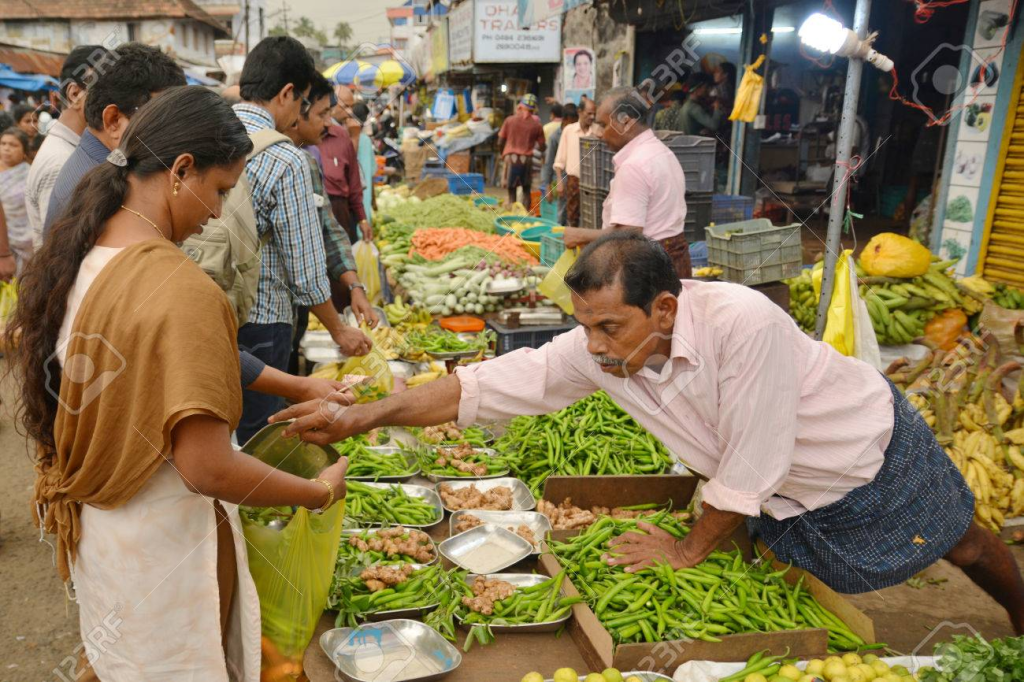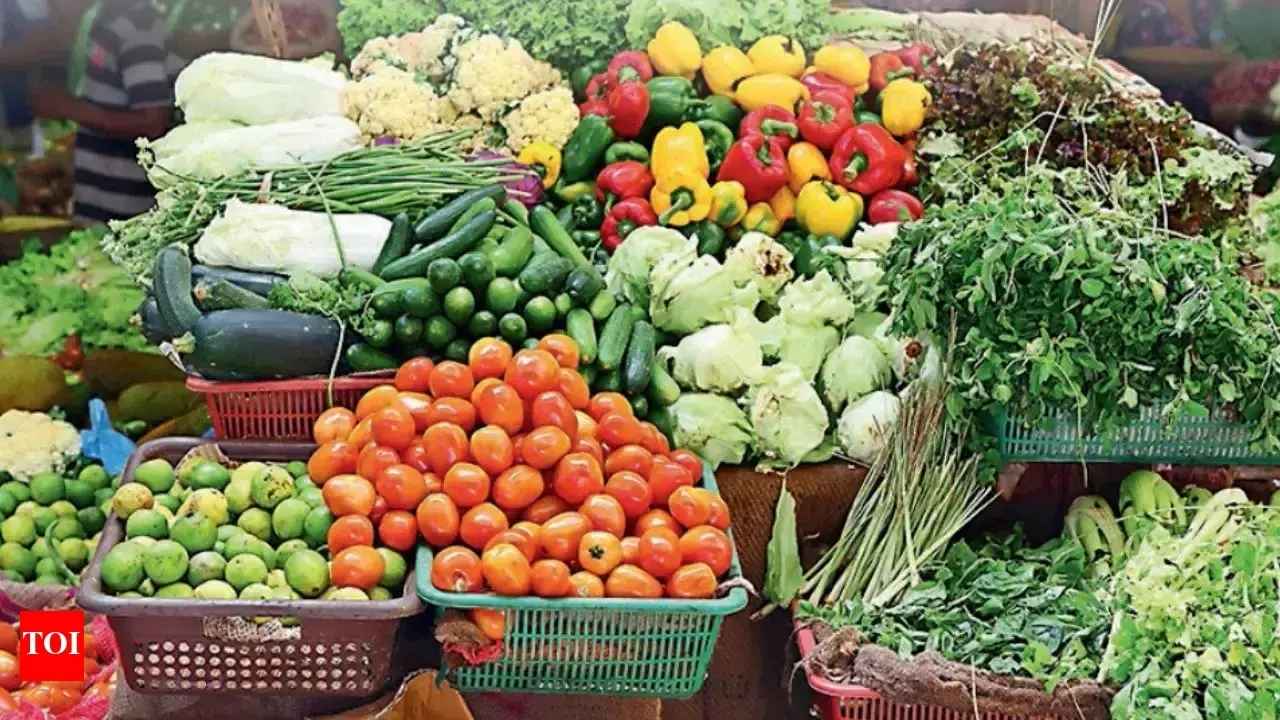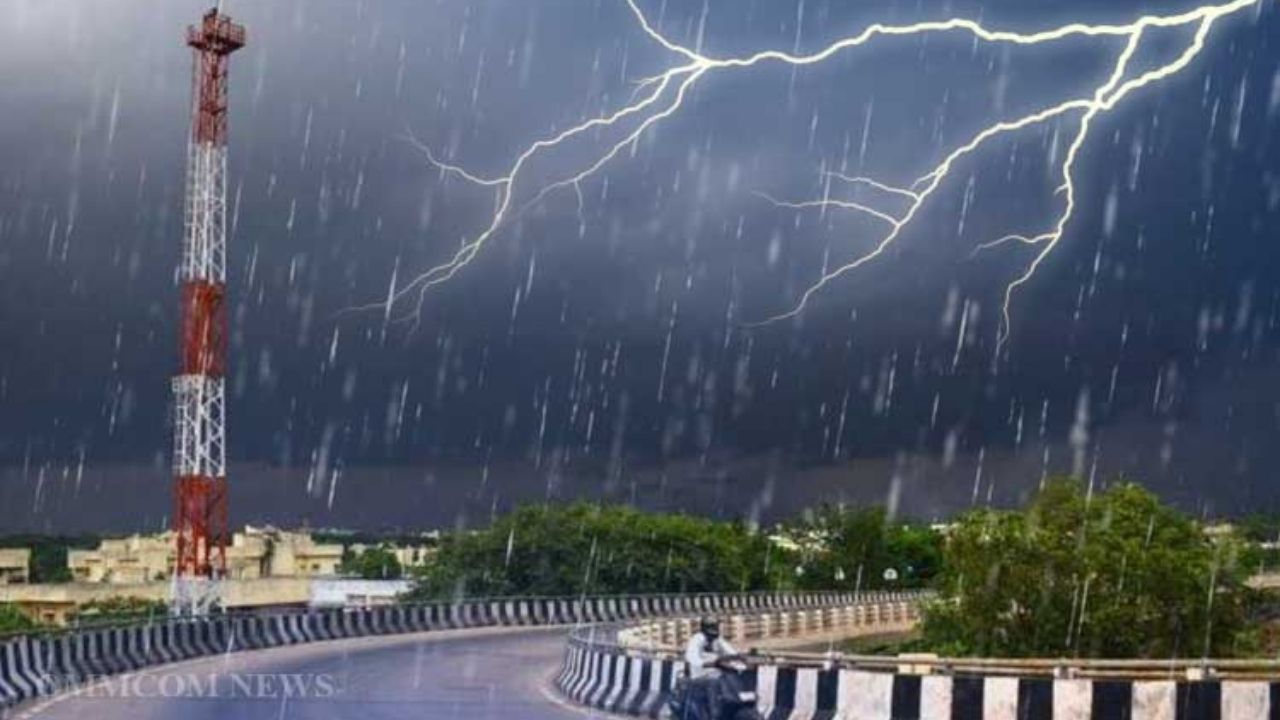ROURKELA, India – Consumers in this industrial city are confronting a sharp surge in the cost of essential food items, as intense monsoon rainfall severely disrupts agricultural supply lines. The dramatic increase in Rourkela vegetable prices has seen costs for staples like tomatoes and ginger more than double in recent weeks, placing significant financial pressure on households across the region.

Rourkela Consumers Face Sticker Shock as Monsoon
| Vegetable | Pre-Monsoon Price (per kg) | Current Price (per kg) | Primary Cause |
| Tomato | ₹30-₹40 | ₹80-₹100 | Crop damage and transport delays |
| Ginger | ₹120 | ₹250-₹300 | Supply shortage from source states |
| Green Chili | ₹80 | ₹150-₹180 | Local crop damage due to waterlogging |
| Cauliflower | ₹40 (per piece) | ₹70-₹80 (per piece) | Damaged supply routes from rural farms |
The Monsoon Impact on Supply Chains
The primary driver behind the price escalation is the heavy and persistent rainfall that has lashed Odisha and neighboring states. This weather pattern has triggered a cascade of logistical challenges, creating a significant supply chain disruption.
“The supply from our main source regions in rural Odisha and neighboring states like West Bengal has been cut by more than half,” said Sanjay Gupta, a wholesale vegetable trader at the Rourkela main market. In a statement to local media, he explained that “roads are flooded or damaged, and trucks are either stranded or taking much longer, more expensive routes to reach the city.”
This logistical bottleneck is compounded by direct crop damage. Excessive rainfall leads to waterlogged fields, which can ruin standing crops like tomatoes and leafy greens, fostering fungal diseases and reducing overall yield. Farmers in key supplying districts are reporting significant losses, directly shrinking the volume of produce available for urban centers like Rourkela.

Household Budgets and Food Inflation Concerns
The sudden price volatility is hitting consumers the hardest, forcing families to alter their purchasing habits and cut back on essential nutrients. The issue highlights a recurring vulnerability in India’s food economy, where seasonal weather patterns can rapidly fuel food inflation.
“My weekly budget for vegetables has almost doubled. We are buying less and trying to find alternatives, but it’s difficult,” said Anjali Mohanty, a homemaker shopping at a local market in the city’s Civil Township area. “Tomatoes and ginger are basic to our cooking. At these prices, it feels like a luxury.”
Economists note that while such seasonal spikes are common during the monsoon, their intensity and duration are critical factors for broader economic stability. According to a recent analysis by the Centre for Monitoring Indian Economy (CMIE), volatile food prices, particularly vegetables, are a primary contributor to fluctuations in the national Consumer Price Index (CPI).
“While the Reserve Bank of India often looks past short-term, supply-driven price shocks, persistent high prices can influence inflationary expectations,” said Dr. Priya Singh, an economist specializing in agricultural markets. “The challenge is ensuring these temporary disruptions don’t become embedded, especially for low and middle-income households who spend a larger portion of their income on food.”
Odisha’s Weather Woes: Orange Alert Declared for Next 48 Hours
Ganjam’s Aryapalli Beach Disappears: Climate Change Accelerates Coastal Erosion in Odisha
Orange and Yellow Warnings for Odisha: IMD’s Heavy Rainfall Alert Could Bring Devastating Storms
Official Response and Future Outlook
Local and state government officials have acknowledged the situation. A representative from Odisha’s Department of Food Supplies & Consumer Welfare stated that they are “closely monitoring the situation” and are “exploring measures to improve the flow of goods into major urban centers.” However, officials concede that market intervention options are limited as long as adverse weather conditions persist.
Vendors and traders predict that prices are likely to remain elevated for at least the next several weeks.
“Until the rains subside and the highways are fully operational again, we won’t see any significant relief,” Mr. Gupta, the wholesaler, added. “Once the new harvest cycle begins post-monsoon and transport normalizes, prices should begin to stabilize, likely sometime in late September.”
The annual ordeal underscores a larger challenge for India’s urban planning and agricultural infrastructure. Experts argue that long-term solutions require investment in more resilient, all-weather road networks, improved cold storage facilities to buffer against supply shocks, and the promotion of more localized, urban, and peri-urban agriculture to reduce dependence on long-distance transport.





